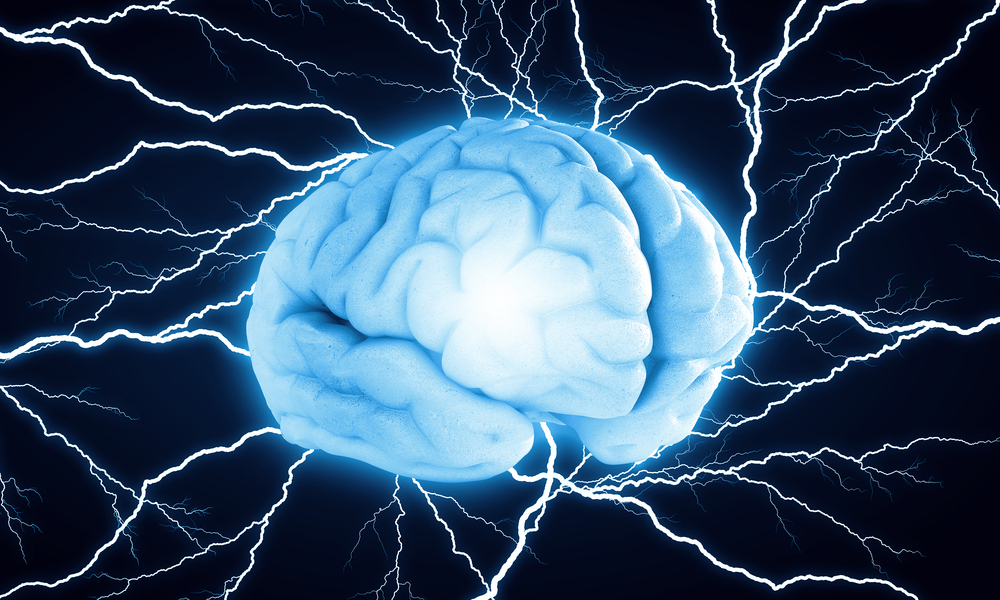When I was being released from the hospital back on June 18th (less than two weeks ago), Teresa and I sat down with a nurse so she could read through my discharge instructions. Given the confused look on her face, I get the feeling she had never been told “We can skip past that one” before.
It was certainly a valid statement on my part. In the additional hospital orders section, the first thing it mentions is “No driving per Minnesota State Law for 3 months following an event with loss of awareness or inability to maintain voluntary control.” There’s more, but in my case, it didn’t apply—the doctors started weaning me off of my medications almost immediately on Tuesday, my first seizure (a relatively minor one) was on Thursday night, then I had a bunch on Friday. Enough that they decided they had all the data they needed and they started putting me back on my seizures meds again. During that time, I never had a grand mal seizure or any other kind of seizure that involved a loss of consciousness. Thus, that state law didn’t apply. No discussion necessary.
There were activity restrictions that the nurse read to me (for example, no lifting more than 5-10 pounds, walk throughout the day and slowly increase the amount that you are walking, it is normal to have some pain or headaches after surgery and I may experience an increase in these symptoms 2-5 days after surgery due to inflammation and nerve sensitivity), all of which I listened to carefully and the examples listed above… they were disregarded pretty quickly.
I was good about waiting for a few days before lifting much weight, but when you’re home alone, you have a older dog who can’t see well and thus can’t use the stairs on his own, and he’s 16 pounds, you basically have two options. Letting him pee on the carpet seemed like the worse option, so I lifted him up under my arm and broke the rule. Twice because I also needed to get him back up the stairs.
And then there were the pain meds. They gave me a prescription for Tylenol and oxycodone, neither of which I opened. Admittedly, I took one extra-strength Tylenol the first night I was home, but it had nothing to do with surgery—it was because my right knee was sore.
I had wondered just how far I walked on the day I was released from the hospital, then I remembered last night that I had been wearing my Apple Watch with an activity tracker on it. I scrolled back to the 18th: the day I walked out of my hospital room, through the hospital, out to the parking ramp, helped walk the dogs a few times, then took that Tylenol before bed. According to my watch, I walked just under two miles. So yeah, the stuff about pain medication and “slowly increase the amount you are walking” didn’t really apply, either.
I’m not suggesting that anyone ignore their doctors’ orders, but I’m sure I’m not the only patient who’s ever left their hospital room and thought, “I’m fine!” (Thankfully, my body agreed with that assessment.) I got a call last week from a nurse who was checking in to see how I was doing a week after being released, so I told her that I felt fine. The first nurse was puzzled about me telling her to skip instructions; the second nurse got to hear the good news about why some of the instructions… well, I didn’t tell her that I openly ignored the instructions, just that I was feeling fine.
That’s not to say that everything is perfect. My head itches. It started itching pretty quickly, which is a sign that the incisions made to remove the electrodes are healing, but each incision was patched up with a single suture and it felt like some of them were basically being pushed out of my scalp after just a few days. Some people might be fine with that, but me? Even as a kid, I had the bad habit of picking at my scabs. Now I have sutures that are supposed to dissolve or reabsorb within a few weeks and there are a few that already feel like I could pluck them out with just a tiny tug.
When I first got out of the hospital, I was wearing a hat to limit the amount of staring people might do out in public. (My hair was buzzed short and I had 15 small scabs around the sides of my head, which no one would ever notice or stare at.) Now I’m wearing a hat to make sure the sutures stay in long enough for my head to heal and I think that would have been something useful to include in my discharge instructions.
